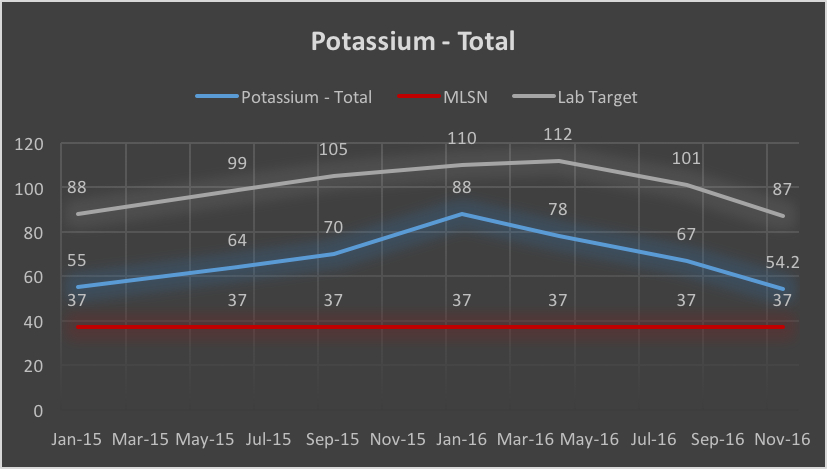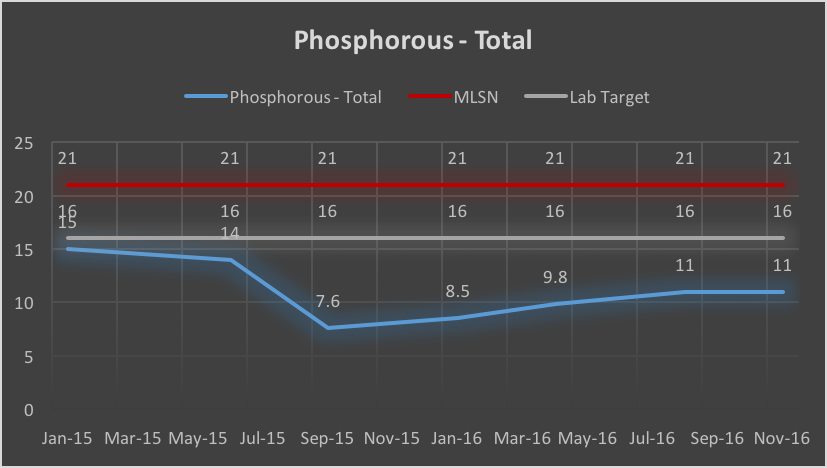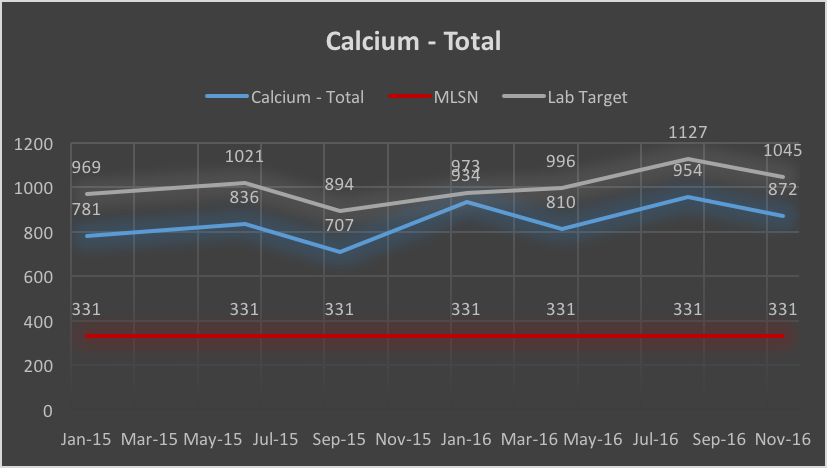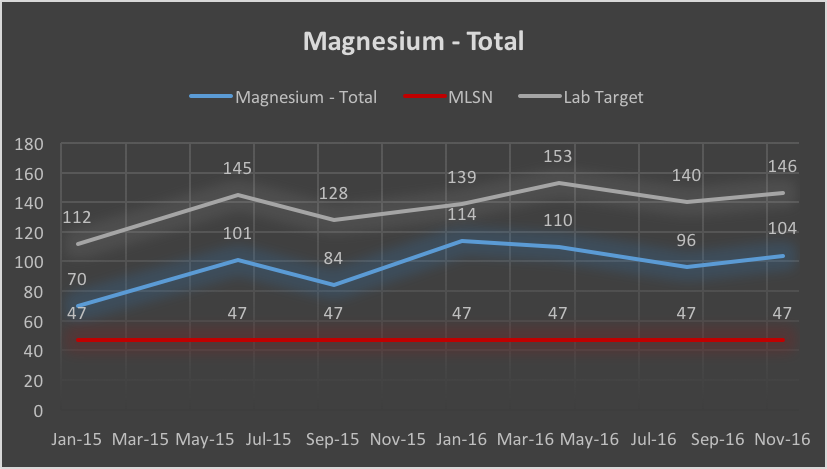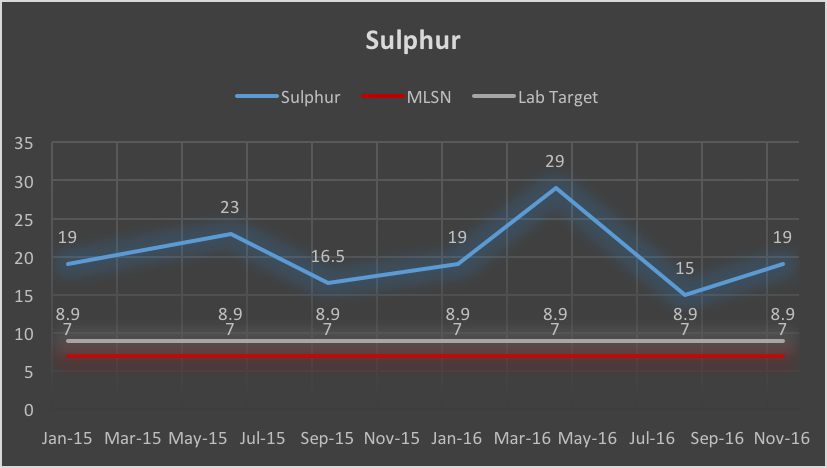The Start of Something New - MLSN!!
I am often found wondering on how to better myself and the techniques we use as turf managers, to obtain the sometimes unrealistic goals we place on ourselves in our endless pursuit of perfection. It is this pursuit however, this passion for turf and the science behind it which keeps me eager to learn and challenge myself, to always improve and develop a better way of how we do things. Whether that is to do with turf management and the environment, or leadership, budgeting and planning, communication, or employee management and education, I will often enjoy reading about new research and articles written about these subjects and look forward to testing them on the course and with my team.
It is these subjects, the trials, my past, present and future experiences in turf management and maybe a little about the life of an international superintendent that I will be attempting to write about in this blog.
A little about me... I grew up on the South Coast of New South Wales, Australia in a small town called Bermagui where I also started my career in turf management. From there I made my way over to the U.S. for 12 months on the Ohio State program before coming back to Australia. I was then off again to South East Asia where I have been for 5 years with a stint in Brunei on the tropical island of Borneo and currently in Thailand as the Director of Golf Course Maintenance at Nikanti Golf Club, Bangkok. Just over 3 years ago and my second year in Asia, I attended a turf seminar and golf day held at Springfield Country Club in Hua Hin, Thailand where I was lucky to meet (sweep her off her feet) my fiancee Blue. As there are usually not many girls that attend such events, I was very lucky to find her. For which I am very grateful, she has been very supportive of everything I set out to achieve in my career and long story short, we will be married next February!
Over the past year we have conducted several trials with machinery, grass types and agronomic programs which has allowed our course conditioning to improve as well as decreasing the bottom line. Most recently of which is our implementation of the MLSN guidelines.
For years I have been following the recommendations from soil testing laboratories trying to create the "ideal soil" with the correct ratios of nutrients. After each soil test I would follow the recommendations, most of the time adding more and more calcium. After each test my ppm values would increase along with the "target" ppm values which kept getting higher and higher until it seemed I would never reach it. I grew frustrated with the recommendations and after reading article after article and research papers online, I came across the MLSN guidelines produced by Pace Turf and Dr. Micah Woods. If you haven't heard of it before, you can find the article by Pace Turf here and an article by Micah on how to use the guidelines here. Jason Haines has been using MLSN for the past 4 years and has some great data on his blog.
I was immediately attracted to the MLSN approach as it just made so much sense. You only apply the quantity of nutrients that the plant is actually using based on the ratio of nutrients in the leaf, the quantity of Nitrogen applied and clipping yield.
I have started adopting this approach from September 2016 and am currently in my 3rd month and have not applied an application of Potassium, Magnesium, Calcium or trace elements (except foliar Fe) in those 3 months. The graphs show our month by month ppm values and my aim will be to reduce them down to the MLSN guidelines before applying the nutrients as the grass needs them. You can clearly see how different and varied the target recommendations from the lab are (Ca, Mg, K) compared to the MLSN. No wonder I was confused and frustrated.
A typical water analysis from our site.
I should mention that even though we have only applied Nitrogen, Phosphorous and Humic Acids for the past 3 months, the quantity of Magnesium, Calcium and Sulphur in the soil fluctuate due to the high levels in our irrigation water. Our water source is a river which runs adjacent to the course which we have tested monthly as the levels of all elements constantly fluctuate. I suspect this is from the large amount of agricultural areas fronting the river upstream, including rice paddies, shrimp farms and pig farms as well as manufacturing plants.
Greens are still in good shape with 3 months of no K, only applying N and P with a little Mg and Ca from irrigation.
Based on our November soil analysis, I am predicting I will have to start re-applying Potassium at the end of this month as the soil ppm drops to the MLSN level. We will be taking more soil samples early in the new year, so we will see how accurate my calculations are.
As I am posting this, we are on our way to Europe for Christmas so I am planning my next blog entry for the new year. Merry Christmas and a happy New Year to all!



